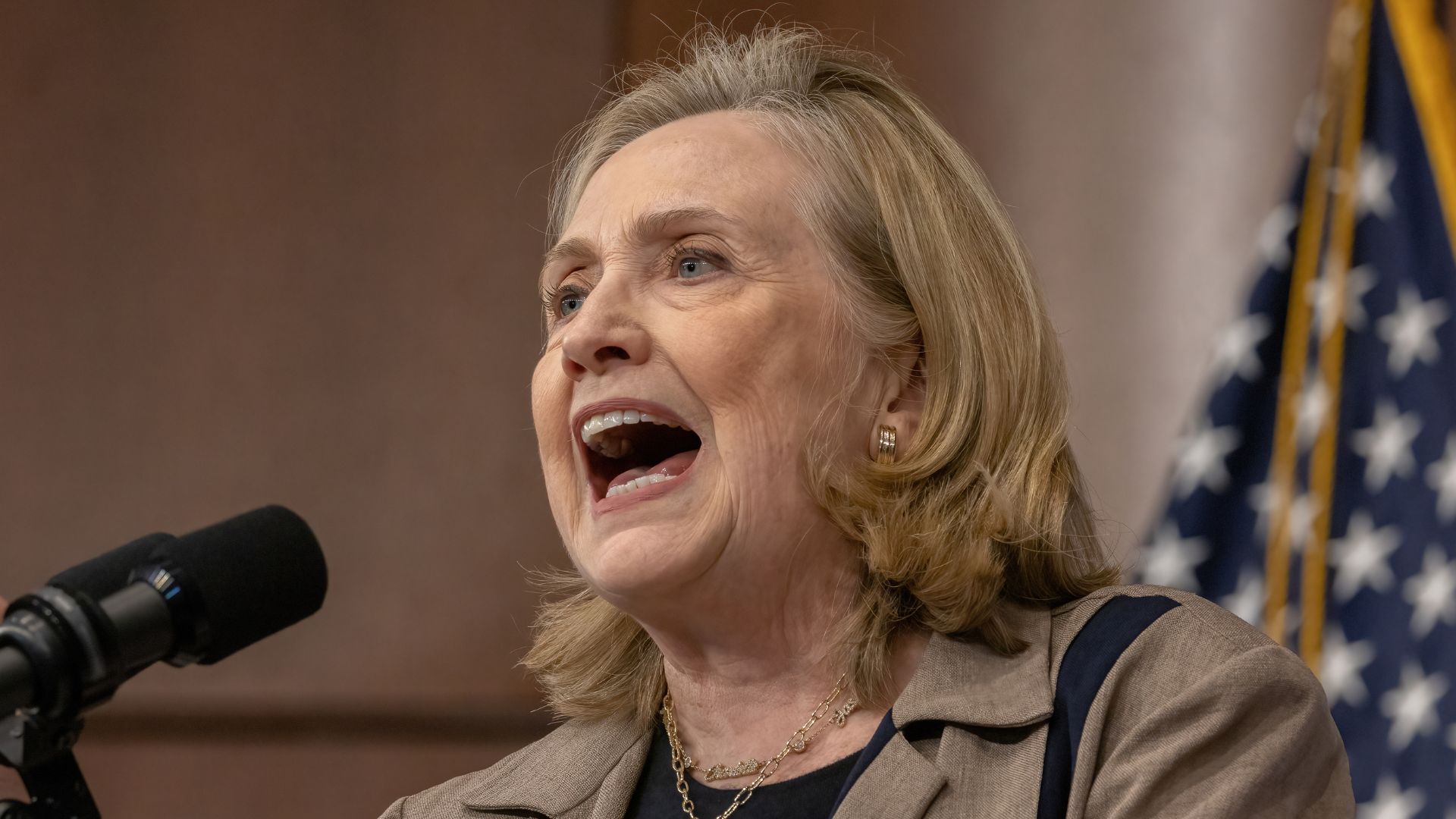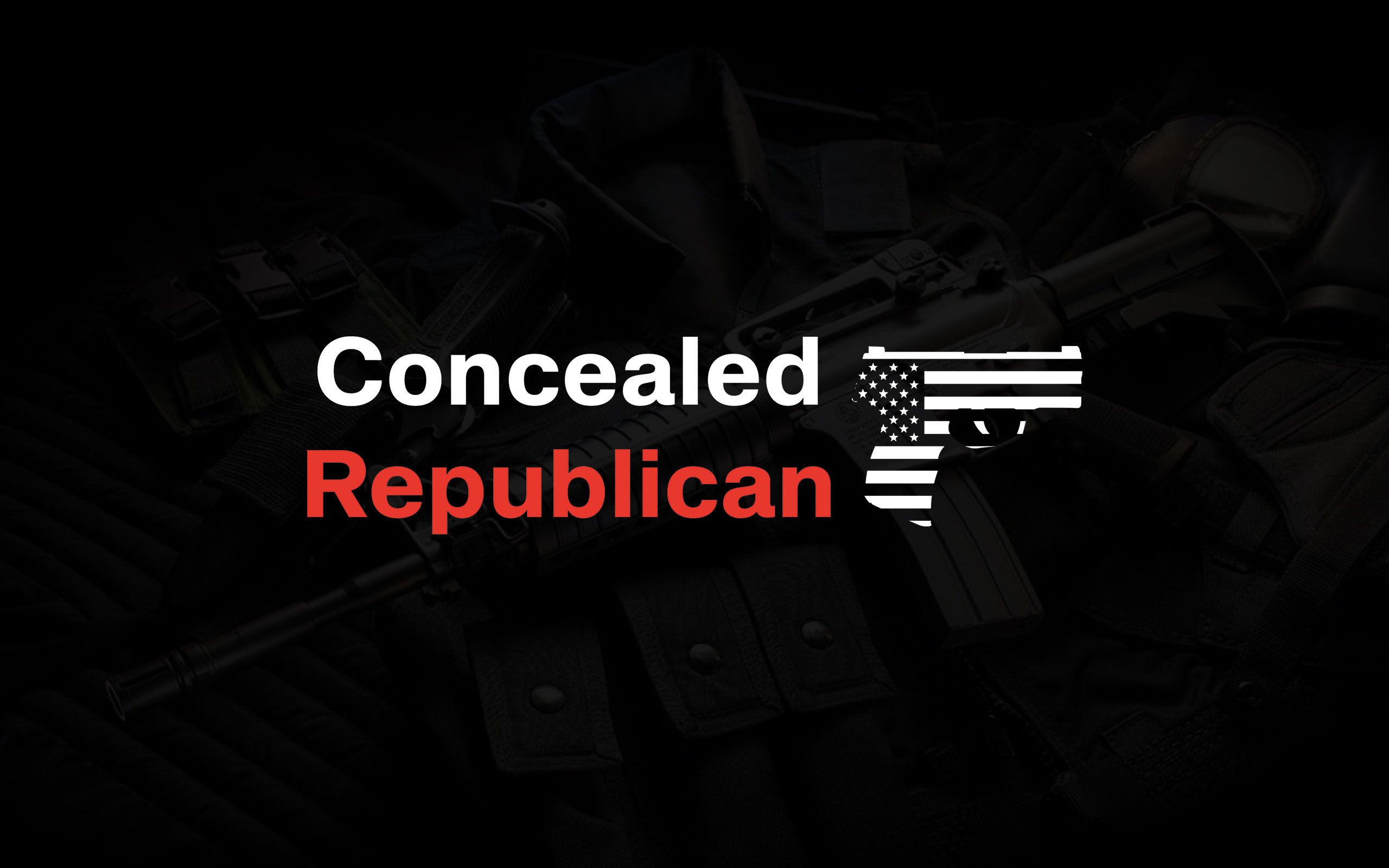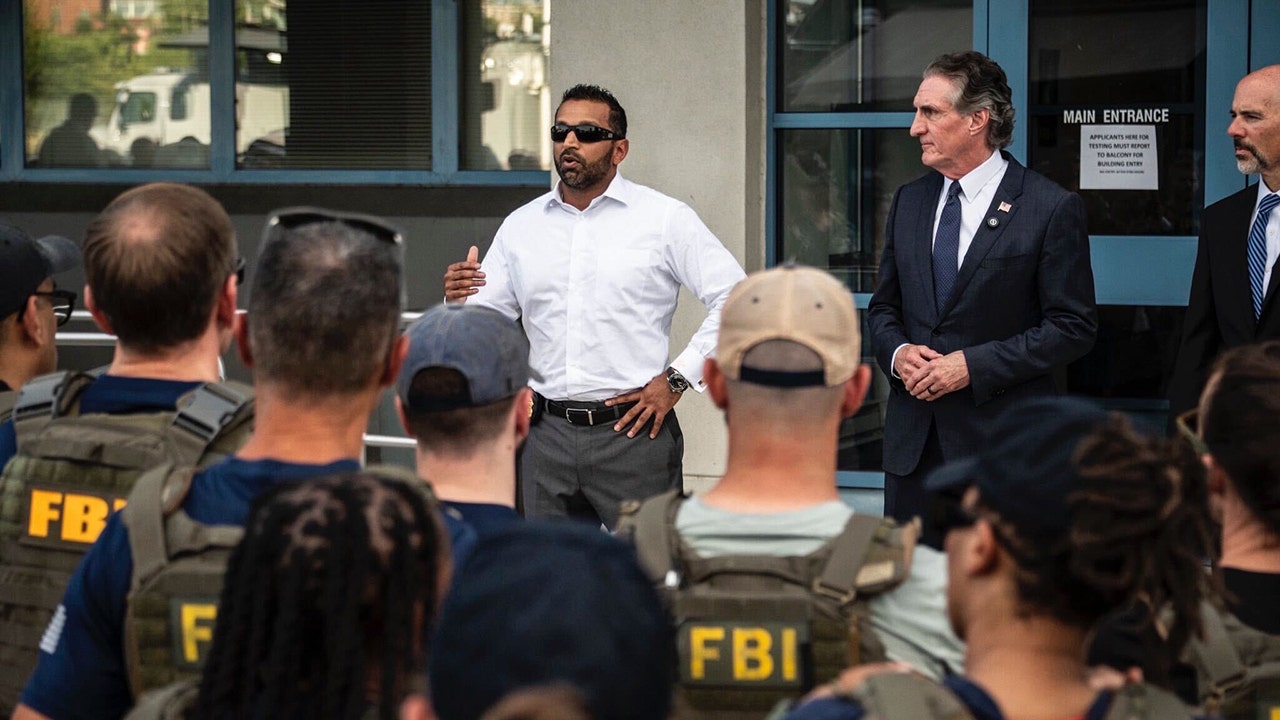America has long celebrated its greatest moments by train.
In 1915, a steam locomotive carried the Liberty Bell from Philadelphia to San Francisco and back, drawing enormous crowds. In 1947, the Freedom Train crisscrossed the country with priceless artifacts of American history. Then came the biggest triumph: the Bicentennial American Freedom Train of 1976, which drew more than 50,000 people at each of its 138 stops.
The train would take the quarter-millennial celebration directly to the people — right where it belongs.
On the cusp of the nation’s 250th birthday, it’s time to bring that tradition back. The red, white, and blue steam train should roll again — celebrating America’s founding and bringing history to Main Streets across the land.
The original idea came from John Wayne. That alone might have been enough for Kamala Harris to oppose it, had she been elected president. Add in the train’s cinematic clouds of smoke, its role in commemorating the westward settlement, and its unapologetic embrace of American greatness, and it’s hard to imagine today’s progressive leaders welcoming it.
But President Trump would. He’s restoring the spirit Wayne loved: American strength, love of country, masculine virtue. Trump has already pledged to include a statue of the Duke in his proposed National Garden of American Heroes. If he also allows the new train to display the federal artifacts its predecessors carried — the original Constitution, the Louisiana Purchase document, Lincoln’s hat, Ruth’s bat — then the American Freedom Train can run again in 2026.
The artifacts are key. If the administration releases them, the biggest remaining challenge will be time.
In 1976, the train took 15 months to organize. Today, in a country where builders are building again, that timeline can be compressed. But it will take at least a year to prepare the train — to build display cars, ready the steam engine, transport and secure the artifacts, and tackle the logistics of a 48-state journey.
The clock is ticking. A decision now could kick off the celebration by next July 4.
The Bicentennial Freedom Train didn’t just appear for a few fireworks in early July. It helped stretch the nation’s celebration over nearly two years — from the April 1975 anniversary of Lexington and Concord to a final stop in Miami on New Year’s Eve 1976.
A Quarter-Millennial Freedom Train would do the same. It would extend the celebration beyond Independence Day and tie together local and national events like nothing else. That was exactly the intention in 1976. John Warner, head of the American Revolution Bicentennial Administration, called the train “the most visible” element of the celebration — one that helped “sew together” diverse festivities across the country.
Once again, the train would showcase cherished artifacts: Paul Revere’s saddlebags, Washington’s personal copy of the Constitution, JFK’s handwritten inaugural address, even lunar rocks and Olympic memorabilia from the 1980 “Miracle on Ice.”
RELATED: John Wayne’s epic ‘Freedom Train’ could save America’s 250th birthday
Denver Post via Getty Images
Private citizens would lead the effort, just as they did before. The American Freedom Train Foundation includes veterans of the original Bicentennial train. They know how to plan and execute a coast-to-coast expedition. They just need modest federal support — and access to the artifacts — to bring it to life.
Army veteran and Nashville artist Tim Maggart sings that the Freedom Train is “as American as a line drive.” And that’s exactly what it would be: a rolling, photogenic, crowd-pleasing tribute to our nation. Day after day, the locomotive would thunder past landmarks, through cities and farmlands, beneath America’s spacious skies. And at every stop, Americans would cheer.
The train would symbolize both American power and American pride. It would carry our founding history from coast to coast, just as it once did. And it would take the quarter-millennial celebration directly to the people — right where it belongs.
Read the full article here


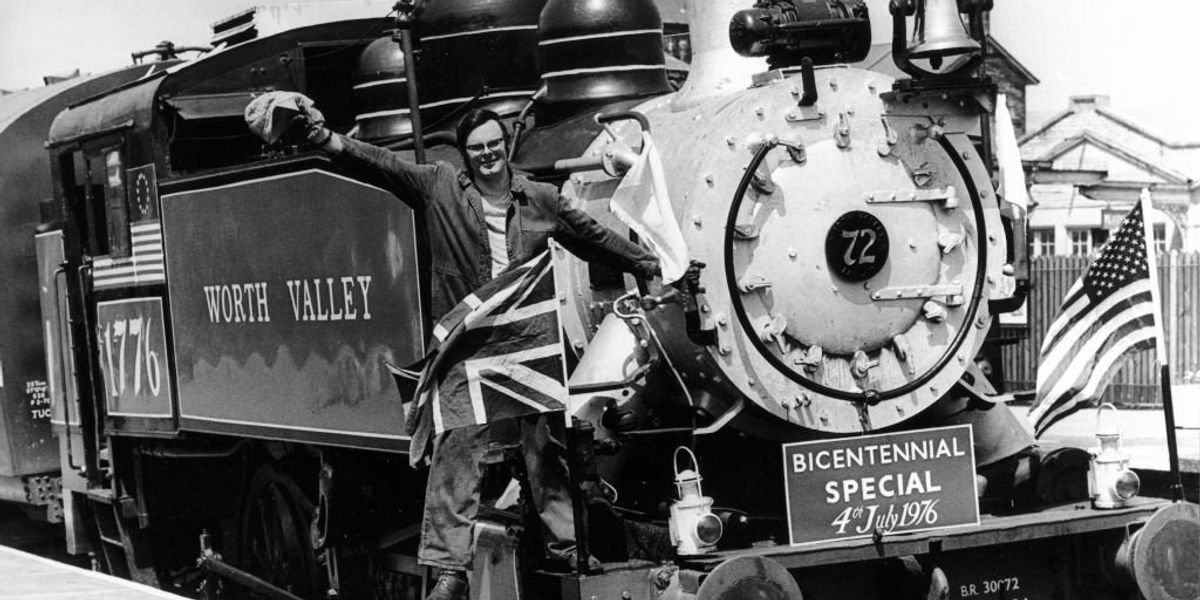


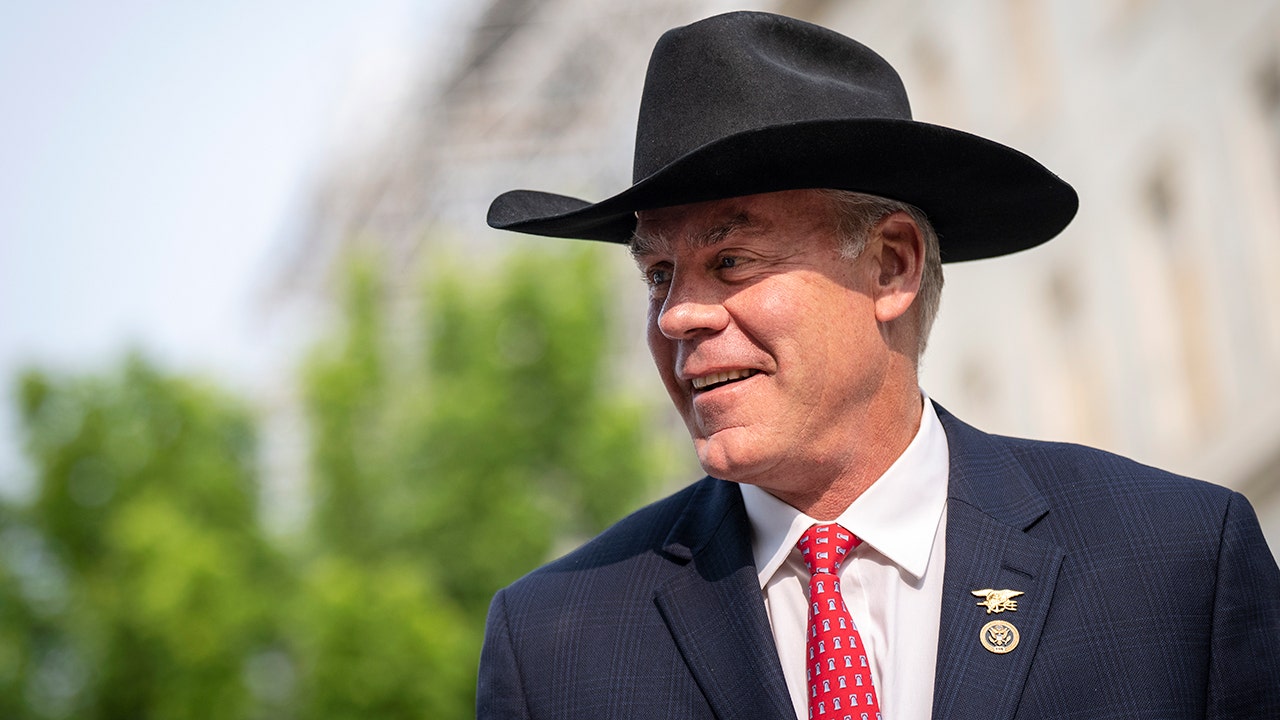
![NYC Mayor Eric Adams Announces Re-Election Bid Following Mamdani’s Democratic Primary Win [WATCH] NYC Mayor Eric Adams Announces Re-Election Bid Following Mamdani’s Democratic Primary Win [WATCH]](https://www.rvmnews.com/wp-content/uploads/2024/09/2024.09.26-10.59-rvmnews-66f53e8a624f5.jpg)
